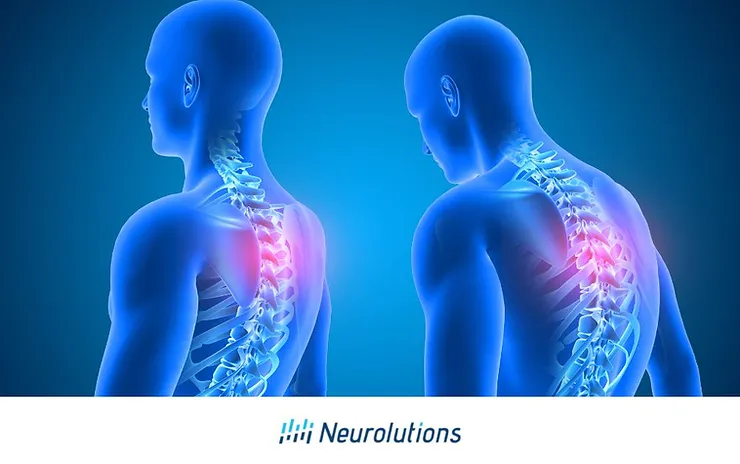Decerebrate posturing is a neurological condition characterized by abnormal body postures that result from severe brain damage. This type of posturing, often observed in patients with significant brain injuries or illnesses, is a critical indicator of the underlying severity of the neurological impairment. It involves specific, rigid positioning of the arms and legs, and recognizing and understanding it can be vital for appropriate medical intervention.
What is Decerebrate Posturing?
Decerebrate posturing is defined by the extension of the arms and legs, with the hands turned outward, and the body often rigidly extended. This posture contrasts with decorticate posturing, where the arms are flexed and the legs extended. The distinguishing feature of decerebrate posturing is its association with severe brainstem damage.
This abnormal posture is generally indicative of a severe and potentially life-threatening condition affecting the central nervous system. It reflects a dysfunction of the brainstem, which is responsible for basic life functions such as breathing, heart rate, and motor control.
Causes of Decerebrate Posturing
Several underlying conditions can lead to decerebrate posturing, often indicating a serious neurological issue. Common causes include:
- Traumatic Brain Injury (TBI): Severe injuries to the head, such as those sustained in accidents or falls, can lead to brainstem damage, manifesting as decerebrate posturing. The brainstem’s disruption affects motor control and reflex pathways.
- Stroke: A stroke affecting the brainstem or surrounding areas can result in decerebrate posturing. The lack of blood flow and oxygen to critical brain areas can impair motor function and control.
- Brain Tumors: Tumors located in or near the brainstem can exert pressure on surrounding tissues, leading to abnormal postures. Tumor growth can disrupt the normal functioning of the brainstem, resulting in decerebrate posturing.
- Infections and Inflammation: Encephalitis or meningitis, which involve inflammation of the brain or its protective membranes, can damage brainstem structures. This damage can impair motor pathways, causing abnormal posturing.
- Metabolic Disorders: Certain metabolic imbalances or conditions, such as severe liver failure or renal failure, can affect brain function and contribute to the development of decerebrate posturing.
Clinical Implications and Diagnosis
Decerebrate posturing is a severe sign that typically indicates significant brain damage. Its presence can help clinicians assess the extent of neurological impairment. The posture is often observed during physical examinations and can be a crucial diagnostic tool in determining the severity of a patient’s condition.
To diagnose the underlying cause, a thorough neurological assessment is conducted. This may include imaging studies such as CT scans or MRIs to visualize brain structures, blood tests to check for metabolic imbalances, and lumbar punctures to evaluate for infections. The goal is to identify and address the root cause of the posturing, which is essential for determining the appropriate treatment strategy.
Management and Treatment
The management of decerebrate posturing involves addressing the underlying cause of the brainstem damage. Immediate and effective treatment is crucial to prevent further neurological deterioration and improve the patient’s prognosis.
- Emergency Care: For acute cases, such as those resulting from trauma or stroke, emergency medical care is required. This may involve surgical interventions to relieve pressure on the brain, medication to manage swelling or bleeding, and supportive care to maintain vital functions.
- Medication: Depending on the cause, medications may be administered to treat infections, control seizures, or correct metabolic imbalances. The choice of medication is tailored to the specific diagnosis and patient needs.
- Rehabilitation: Post-treatment, rehabilitation efforts may include physical therapy, occupational therapy, and speech therapy. These therapies aim to improve motor function, communication skills, and overall quality of life.
- Ongoing Monitoring: Patients with decerebrate posturing often require continuous monitoring to assess their response to treatment and make necessary adjustments. Regular follow-up with neurologists and other specialists is essential for managing long-term outcomes.
Recovery
Decerebrate posturing is a significant neurological sign that indicates severe brainstem dysfunction. Understanding its causes, clinical implications, and treatment options is crucial for healthcare providers in managing and improving patient outcomes. Prompt diagnosis and intervention are essential to address the underlying issues and optimize recovery. As with many severe medical conditions, early detection and comprehensive care play pivotal roles in the overall prognosis and quality of life for affected individuals.



